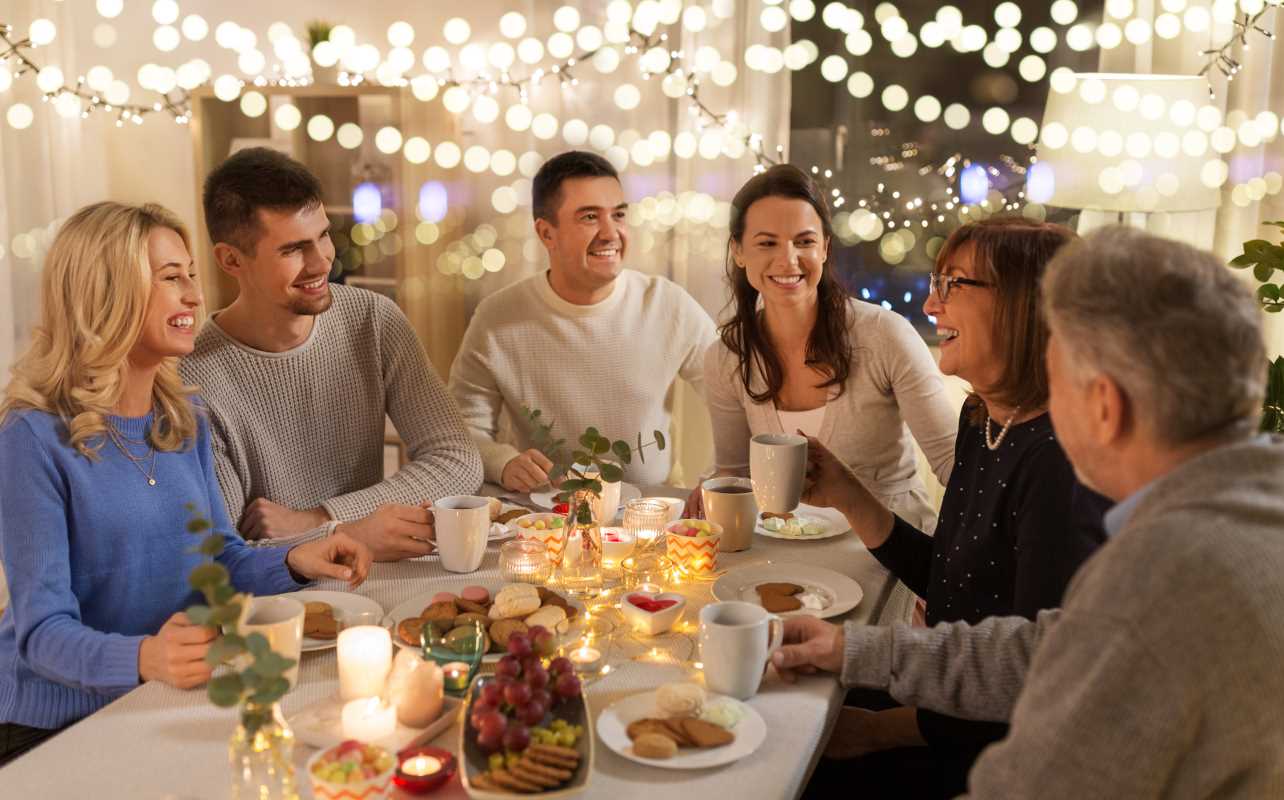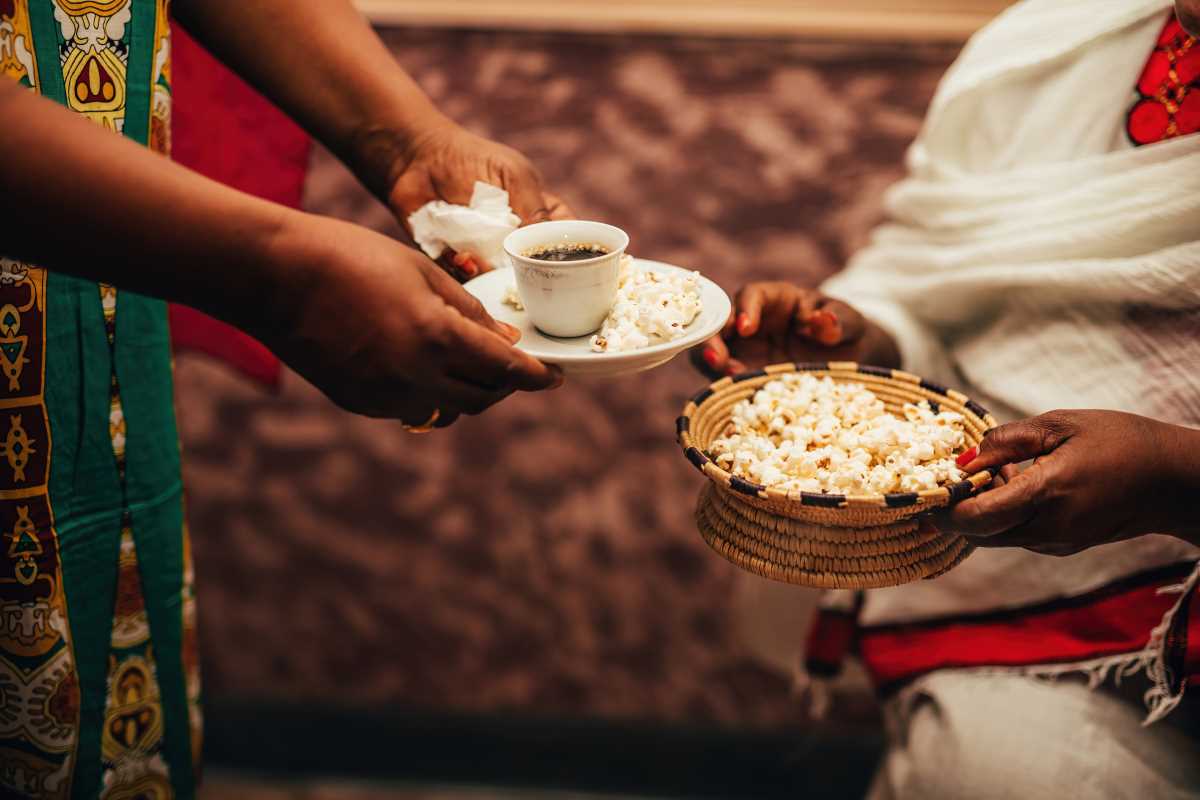Folklore might seem like something from the distant past. They’re tales of mythical creatures, old songs, or customs passed down through generations. In a world where technology connects us instantly, you might be surprised to know that folklore still plays a huge role in shaping who we are and how we belong. Folklore isn’t just about old stories. It’s about the values, beliefs, and histories shared by groups of people. Whether it’s through folktales, superstitions, dances, or even food traditions, folklore continues to give people something they can hold onto, no matter how much the world changes. Today, more than ever, folklore bridges gaps between cultures and strengthens the bonds of community. It helps us feel connected to something bigger than ourselves at a time when many people are searching for purpose and togetherness.
What Is Folklore, Exactly?
Before we jump into how folklore builds community, it’s important to understand what folklore is. At its core, folklore is any story, belief, or tradition passed down informally through people. That Instagram recipe your grandmother taught you? That’s folklore. Urban legends like Slenderman? Surprisingly, they’re considered folklore, too. Essentially, folklore includes everything from ancient myths about gods to neighborhood ghost stories.
It’s not just about what’s written in books or taught in schools. Folklore lives in the stories people share orally, in family rituals, and even in memes that spread across the internet. These traditions, whether ancient or modern, create a shared understanding of the world for a group of people. They reflect what the community values, fears, and dreams about.
Folklore as a Tool for Connection
Folklore is about more than just entertainment. It’s an emotional glue that can bond people across generations and cultures. Think about it for a second. When someone tells you a story about how their grandparents celebrated the Lunar New Year or share a haunting tale from their hometown, you’re not just learning about their culture. You’re sharing an experience with them. That story becomes a bridge.
The concept of connection through folklore is especially important in diverse communities. For instance, in the United States, immigrants often bring their traditions into their new communities. Holidays like Diwali, Cinco de Mayo, and Hanukkah have become opportunities for cultural exchange. By learning the history behind these traditions, neighbors gain a better understanding of one another, which builds unity.
Another great example is folk music. When folk songs are shared between different cultural groups, like Irish folk tunes being appreciated in American bluegrass, it creates a mix of identities that strengthens bonds. Even if the song’s language is different, the emotions it expresses. Emotions like joy, heartache, and hope are universal and tie people together despite their differences.
A Sense of Belonging in Modern Life
There’s something deeply comforting about being a part of a tradition. Folklore offers people a sense of stability, especially as the world becomes faster-paced and more disconnected. During holidays like Christmas or Eid, millions take part in rituals that go back generations. These traditions remind people of where they come from and give them a sense of identity.
Folklore isn’t only about looking backward, either. It’s also about adapting. Many communities today are creating new traditions that reflect modern values. LGBTQ+ Pride parades are becoming part of the folklore of inclusivity. They tell the story of struggle, resistance, and love while fostering a collective spirit in local and global communities. Street art and urban legends in cities also serve as markers of identity, belonging, and creative energy.
Folklore is especially powerful in creating a sense of place. Think about your town. Does it have a quirky tale, like a local haunted house or a mysterious landmark? These stories make places feel special and unique. They create an attachment to physical spaces while making people proud of being from "their" town.
Folklore in Communities
Folklore stands out as a way to unite communities through shared history and unique traditions. Here are some examples from different cultures showcasing how folklore keeps communities tied together:
The Gullah Geechee Culture in the United States
- The Gullah Geechee people, descendants of West African slaves in the southeastern United States, have preserved a rich folklore that includes songs, stories, and spiritual practices. Their tales of "Br’er Rabbit," a clever trickster who always found a way to outsmart his enemies, are classic examples of folklore with deep meanings. These stories reflect themes of resilience and survival. By teaching these tales to new generations, the Gullah Geechee community maintains a strong sense of identity and heritage while sharing their powerful history with the broader world.
The Sami People and the Story of the Reindeer
- The indigenous Sami people of Scandinavia have long shared their folklore through storytelling and songs. One popular Sami tale describes the connection between humans and reindeer, presenting the animals as sacred and central to their way of life. These stories reinforce respect for nature while passing down critical lessons about survival in harsh Arctic climates. Stories like these keep the Sami culture alive as they hold festivals and cultural events to share their traditions with others.
West African Folktales and Community Bonds
- Across West Africa, storytelling is at the heart of community gatherings, with oral traditions spanning centuries. Stories like "Anansi the Spider" teach lessons about wisdom and cleverness. Anansi, a trickster figure who appears in countless tales, often solves problems in creative ways that highlight the value of intelligence. By gathering to share and listen to these stories, entire communities in Ghana, Nigeria, and beyond stay connected and grounded in their cultural roots.
Japanese Matsuri Festivals
- Folklore comes to life in Japan’s Matsuri festivals, like the Gion Matsuri in Kyoto. These events are often based on Shinto legends about warding off disease or spirits. For example, during the Gion Matsuri, huge, elaborate floats parade through the city to honor the gods. The festival isn’t just about fun. It's deeply symbolic, drawing people together through a shared understanding of their spiritual connections and cultural pride.
Hawai'ian Storytelling and the Myth of Pele
- Pele, the fiery goddess of volcanoes from Hawai'ian folklore, is central to many stories that explain the creation of the Hawaiian Islands. People tell legends of Pele not only to share their cultural history but also to encourage respect for nature’s power. For Hawaiians, especially those closely tied to the land, these stories are an educational tool and a source of pride that strengthens their connection to each other and to their home.
La Calaca in Mexican Day of the Dead Celebrations
- Mexico’s "Day of the Dead," or Dia de Muertos, is filled with stories of La Calaca (the skeleton). This figure, depicted in art and parades, represents death but not in a fearful way. Instead, it’s playful and celebratory, reminding people to honor their ancestors joyfully. The entire event pulls communities together as they build altars, prepare special foods, and share stories about departed loved ones, creating a unique sense of togetherness that transcends mourning.
Each of these examples shows how folklore serves as more than just storytelling. It’s a way to build a community identity, celebrate shared values, and pass those values to the next generation. Whether it’s gathering for a festival, passing down a story by word of mouth, or using folklore to teach life lessons, these traditions make people feel they’re part of something bigger.
 (Image via
(Image via





